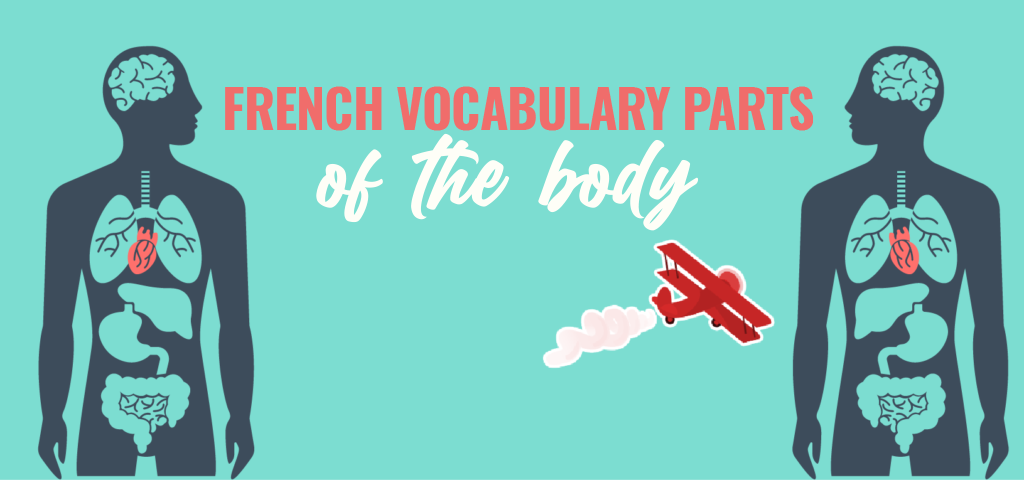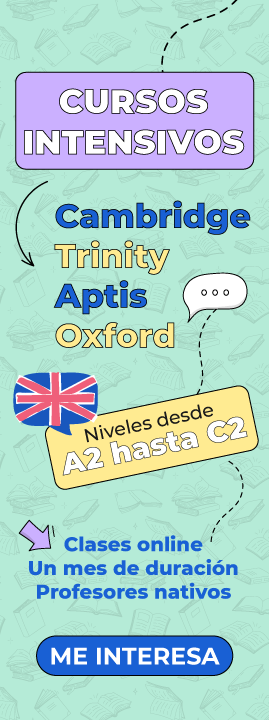French vocabulary: parts of the body

Ladies and Gentlemen. Look at her figure, please. Take your pencil and show the different parts of the body in the picture.
ÍNDICE DE CONTENIDOS
Head first
It includes the skull, which is covered with hair, and the face. The main parts of the face are the forehead, the eyes, the nose between the cheekbones, and between the eyes, the ears, the cheeks, the mouth, and the chin.
Ici, nous avons la tête en premier. Il compre le crâne, qui est couvert de poils, et le visage. Les principales parties du visage sont: le front, le yeux, le nez qui se trouve entre les pommettes et entre les yeux -, les oreilles, les joues, la bouche et le menton.
Then, the trunk: the upper part is the chest, the lower part the belly
Puis le tronc: le partie supérieure is the poitrine, the partie inférieure is ventre.
Right and left arm
(The right arm and the left arm) finished in the hands. Hands have five fingers: the thumb, the index finger, the middle finger (the greater), the ring finger, and the little finger (earphone) or the little finger.
Ensuite, nous avons les deux bras (le bras droit et le bras gauche) finis dans les mains. Les mains ont cinq doigts: le pouce, l’index, le majeur (le grandest), l’annulaire et le petit doigt (écouteur) ou le petit doigt.
The legs
Comprising the thigh, knee, calf, five-toed foot, sole, and heel.
On voit enfin les jambes, qui comprennent la cuisse, le genou, le mollet, le pied aux cinq doigts, la plante du pied et le talon.
Hair
In French, when talking about hair, it is always said cheveux (hair), in the plural. Cheveu, singular, is used only to speak of a hair. The toes are not called fingers, doigts, but orteils.
So let’s do some exercises on what we have learned about the human body. Do what I tell you and say what you do.
Put your right hand on your left ear
- Je mets ma main sur mon oreille gauche.
I put my hand on my left ear.
- Posez votre petit doigt sur votre nez.
Put your pinky on your nose.
- Je montre mon nez avec mon index.
I show my nose with the index.
- Levez votre jambe gauche et placez-la sur la chaise.
Lift your left leg up and put it on the chair.
- Fermez un oeil et rouvrez-le.
Close one eye and open it again.
- Posez vos deux mains sur votre tête.
Put both hands on your head.
- Montrez votre front avec votre index.
Show your forehead with the forefinger.
- Pliez les genoux –penchez-vous en avant-redressez-vous.
Bend your knees- Lean forward. Straighten up.
These French phrases with imperative can be addressed indistinctly to one or more people (you). Let’s look once again at the frequent use of the possessive: my nose, his little finger, etc.
Ce que is the way to say in French (what). Of course, it is a direct complement. If it were subject, it would be ce qui Example: Ce qui est pire “ what is worse”. Remember that the relative as subject is qui, as direct object.
Human sense organs
- Qu’a donc ce pauvre vieillard?
So what does this poor old man have?
- Il est sourd, il ne peut pas nous comprehendre, Ou peut-être at-il seulement l’oreille un peu dure. Il ne peut alors pas tout à fait comprehendre ce que nous lui disons. Il metr sa main derrière are oreille. Il peut ainsi mieux nous comprere.
He is deaf he cannot hear us. Or maybe it’s just a little hard of hearing. Then he cannot fully understand what we say to him. He puts his hand behind his ear. So you can understand us better.
- Pourquoi Alice porte-t-elle des lunettes? Alice est myope, elle ne voit pas de loin. Mon père était hyperopic. L pauvre petit Tony est borgne, Il a perdu un oeil dans un accident.
Why is Alicia wearing glasses? Alicia is nearsighted, she can’t see far. My father was prebit. The poor antoñito is one-eyed. He lost an eye in an accident.
- Que dire des nez? Il y en a des longs, il y en a des courts, il u en a des busqués, il en est des retroussés. Il y en a des charmants; il y en a des laids. Que pouvez-vous faire avec votre nez? Je peux sentir et je peux respirer. Vous avez bien répondu; vous pouvez faire tout cela.
What to say about the noses? There are long ones, there are short ones, there are curved ones, there are upturned ones. There are lovely ones; there are ugly ones. What can you do with your nose? I can smell and I can breathe. You have answered well you can do all that.
- Voici enfin la bouche de Marie. Elle est entrouverte et nous pouvons voir, entre la lèvre supérieure et la lèvre inférieure les deux rangées de dents et la langue. Que peut faire Marie avec sa bouche? Elle peut manger, boire et goûter, parler, chanter et rire.
Here is finally the mouth of Maria. It is ajar and we can see between the upper and lower lips the two rows of teeth and the tongue. What can Maria do with her mouth? Can eat, drink and taste, talk, sing and laugh.



